Adipose tissue – what we commonly call “fat” – is not just an energy reserve. It is a true active organ, rich in blood vessels, immune cells, and, above all, stem cells.
These cells, called mesenchymal stromal cells (MSC), are found around the blood vessels that run through adipose tissue. They are undifferentiated cells, meaning they lack a specific function, with the ability to transform into different types of tissue: bone, cartilage, muscle, adipose tissue itself.
In other words, within our fat lies a true natural regenerative laboratory.
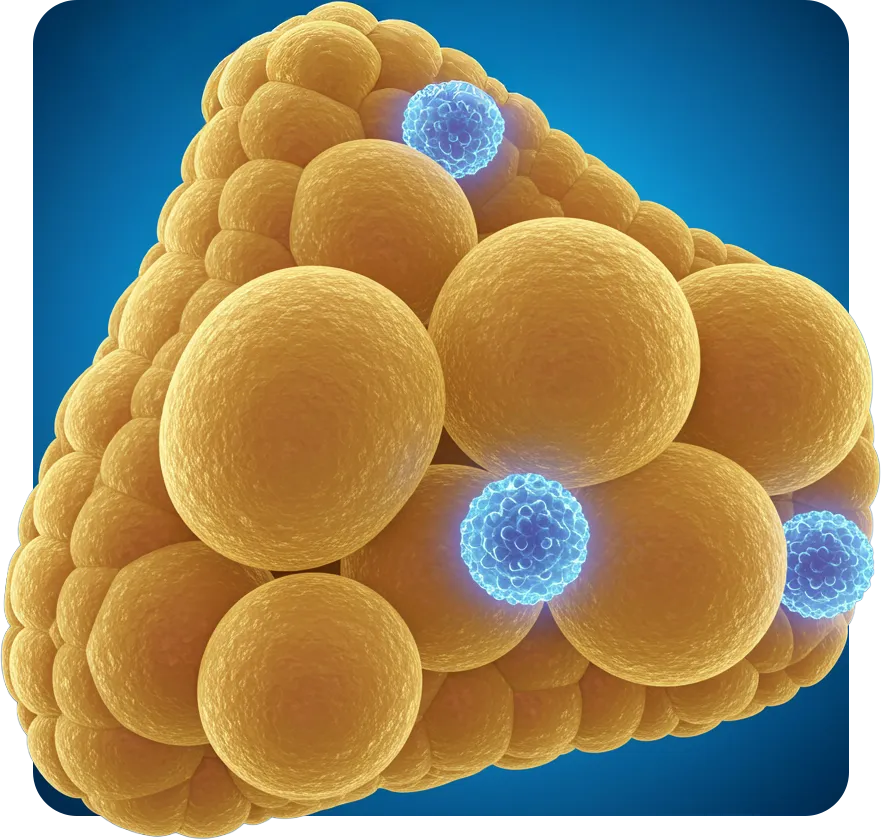
Compared to other sources of stem cells, such as bone marrow, adipose tissue has two huge advantages:
Another surprising fact: fat contains a much higher amount of stem cells compared to bone marrow. For this reason, it is now considered one of the richest and most promising sources of adult mesenchymal cells.
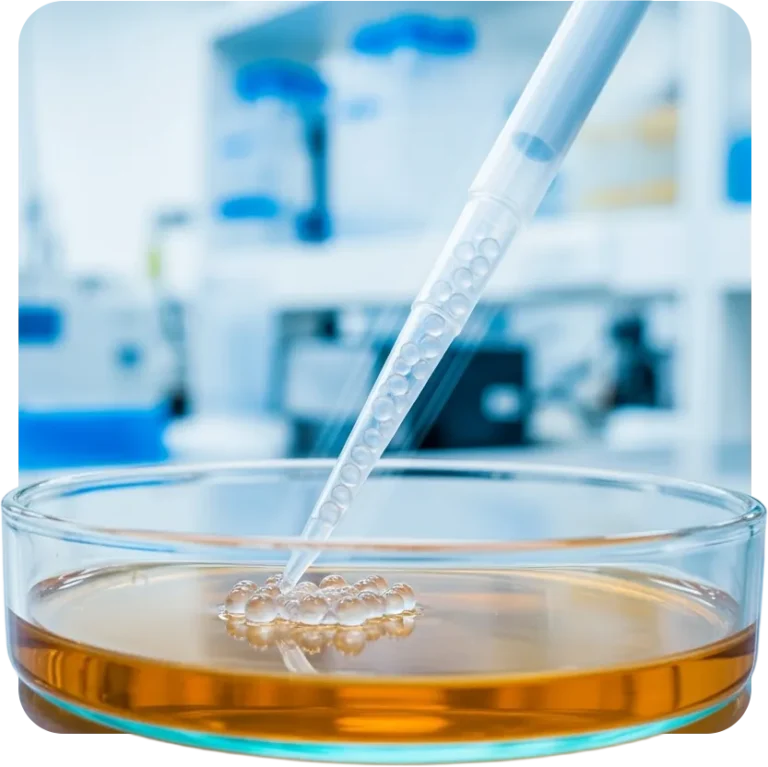
When using adipose tissue in medicine, two main approaches can be followed:
Adipose tissue can be “broken down” to extract its most interesting part: the stromal vascular fraction (SVF).
This fraction contains mesenchymal cells, endothelial cells, pericytes, and immune cells.
In simple terms, it is a cellular concentrate that encapsulates the regenerative potential of fat.
The SVF is the subject of numerous clinical studies and trials, particularly in:
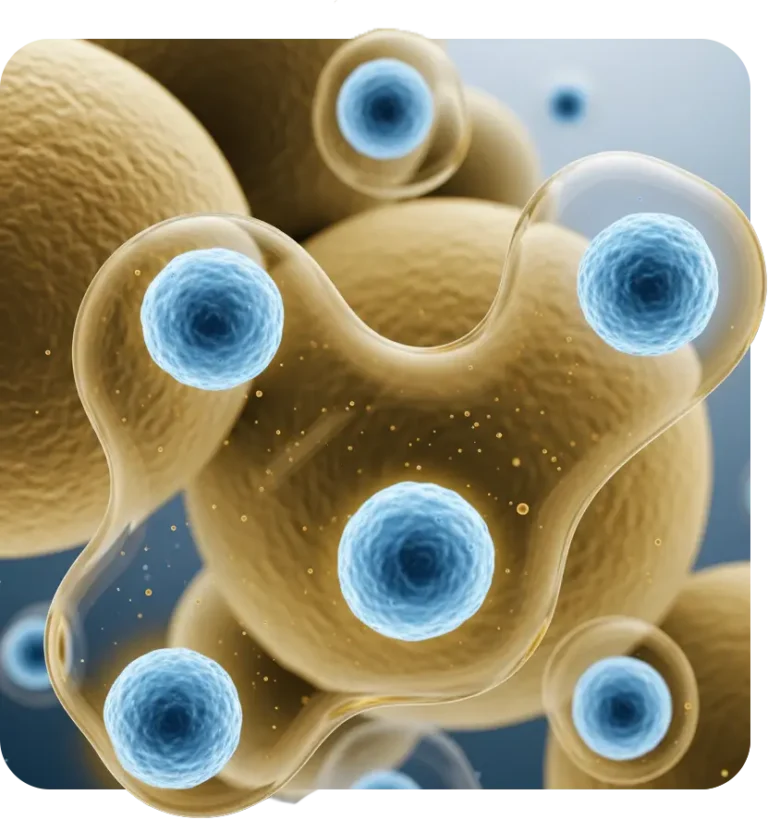
A different approach consists of using adipose tissue as it is, processed and purified, without separating the cells. This is known as full fat.
In this case, the fat retains not only the stem cells but also the extracellular matrix that acts as a “natural scaffold” to support regeneration.
The most common clinical use is lipofilling, a technique in plastic and reconstructive surgery that transplants adipose tissue to reconstruct volumes (for example, after breast cancer surgery), improve scars, or repair skin damage caused by trauma or radiotherapy.
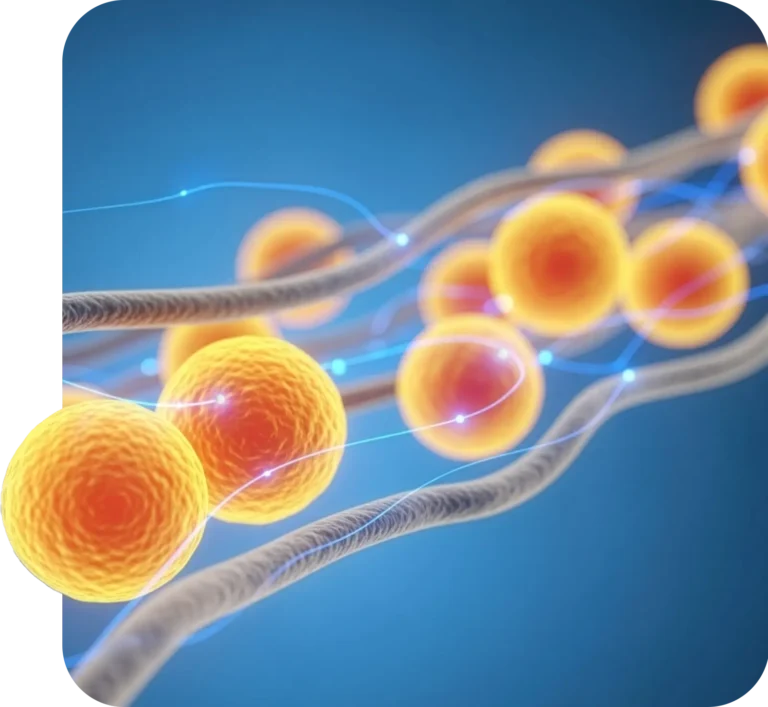
Adipose tissue stem cells – both in the form of SVF and full fat – have already found concrete applications:
And the future is promising: adipose mesenchymal cells are also being studied for heart, neurological, and autoimmune diseases, thanks to their immunomodulatory properties.

Storing adipose tissue means setting aside a personal reserve of mesenchymal stem cells that:
What was considered a simple “excess” to be eliminated just a few years ago is now recognized as a source of health and regeneration.
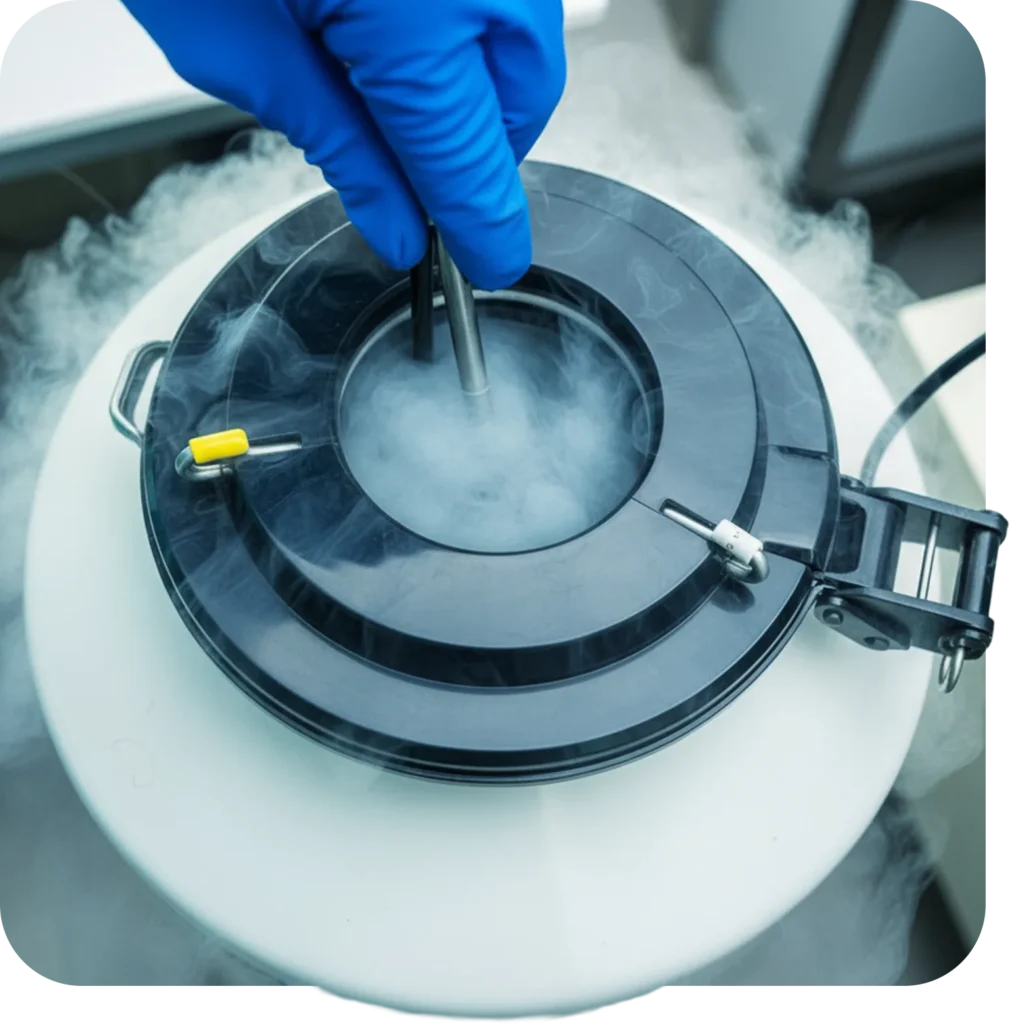
Thanks to certified and secure processes, we offer quality services that meet the highest standards of the biotech industry.

Certified Swiss Biotech company a leader in stem cell preservation.
